With three Bank Holidays in the UK this May, the traditional sound of lawnmowers buzzing is fading away as more gardeners prefer the sound of silence, in support of No Mow May.
Since the 1930s, nearly 7.5 million acres of flower-rich meadows and pastures have been lost. This has a cascade effect on our wildlife, with fewer pollinators and fewer insect-eating birds.
However, you can help – by doing nothing! Take a break from your regular lawn mowing schedule, and help your local wildlife at the same time.
Learn more about helping wildlife in your garden in our wildlife gardening hub which is packed with fantastic advice, including how to build and care for a wildlife pond, how to make a bee hotel, and the best five bird feeds for garden birds.
You may also like:
What is No Mow May?
First launched in 2019 by the botanical charity Plantlife, No Mow May is a campaign that encourages gardeners to not mow their lawn during the month of May, in order to let wild flowers bloom and provide a nectar feast for pollinators such as honeybees, bumblebees and solitary bees, butterflies and moths, and beetles.
Since its launch, the number of people not mowing their May has more-than trebled, and this year looks set to make it even more widespread.
“Each year the trend towards wilder lawns is growing from the grassroots up,” says Felicity Harris, head of participation at Plantlife.
“It is not only plants and pollinators that benefit – we do too. Less mowing gives garden lovers more time to relax and reconnect with nature. Those hours previously spent mowing can be used for spending time with others and building a wildlife pond, a bug hotel or a reptile refugium.”
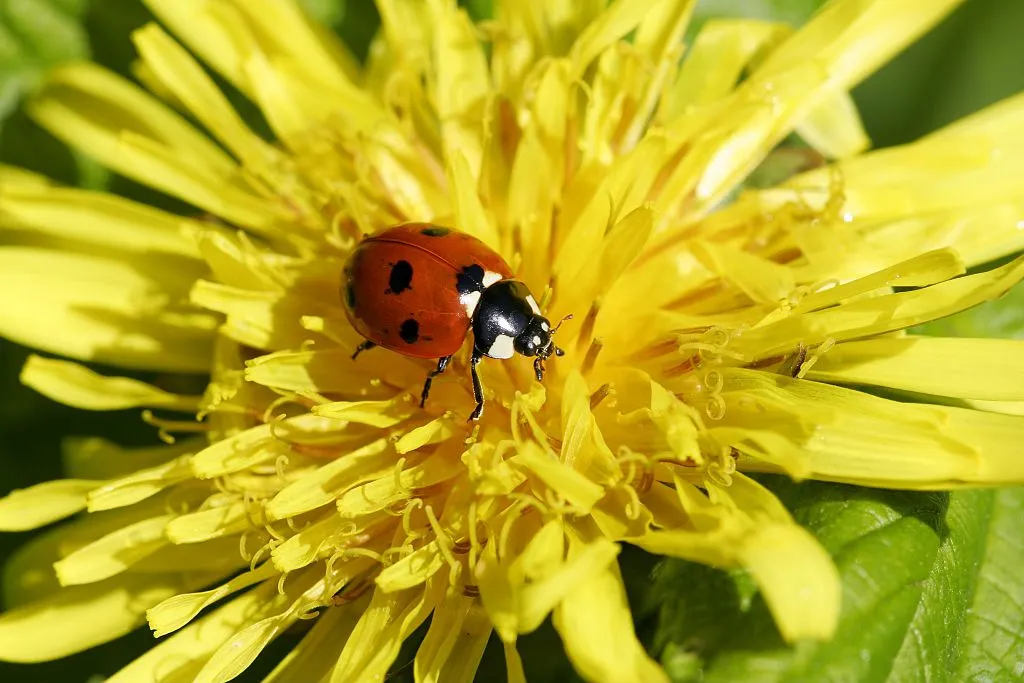
A Plantlife survey of 2,000 gardeners revealed that the majority mowed their lawns once a fortnight.
The charity's citizen science survey showed that mowing less than this resulted in an increase in the pollen count, with increases in daises, germander, speedwell and creeping buttercup. And by stopping mowing in July as well, there was an increase in white clover, selfheal and bird's foot trefoil.
In 2021, participants reported over 250 plant species including wild strawberry and wild garlic, as well as rarities such as adders’-tongue fern, meadow saxifrage, snake’s-head fritillary, eyebright, and various orchids including the declining man orchid, green-winged orchid, southern and northern marsh orchid, and bee orchid.
How to take part in No Mow May
You don't actually have to completely stop mowing in May, or avoid mowing all of your lawn, particularly if you do need to have shorter grass in places. The aim of No Mow May campaign is to encourage people to change up their mowing regime – mowing less, and leaving patches of long grass in places if possible.
“May is a crucial month for flowering plants that need to get a firm foothold but we are not advocating never mowing after May,” says Oli Wilson, National Plant Monitoring Scheme modeller.
“Plantlife guidance across the year recommends a layered approach to the garden cut, where shorter grass is complemented by areas of longer grass. This two-tone approach boosts floral diversity and nectar and pollen production through the year.”
You can register to join the movement at www.plantlife.org.uk/campaigns/nomowmay/
What are the best nectar producing lawn plants?
White clover (Trifolium repens)
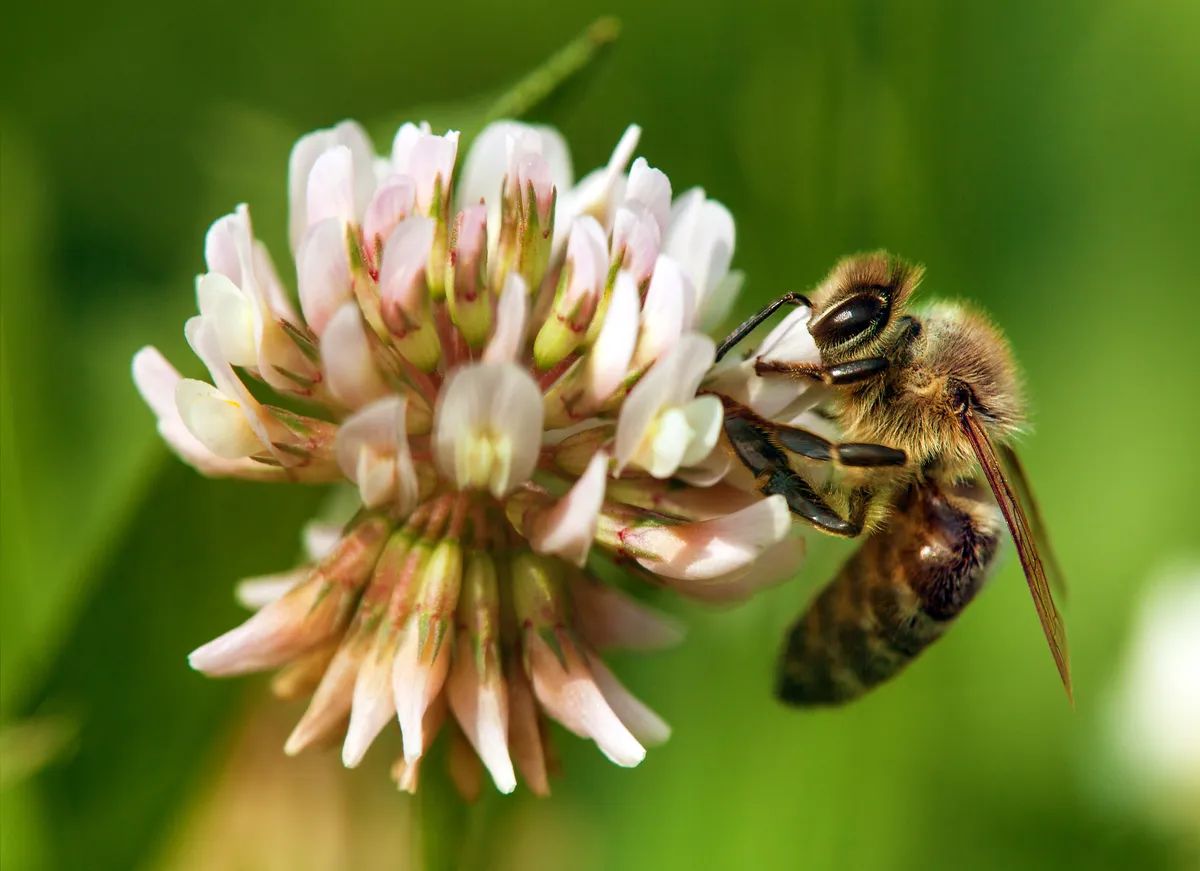
Dandelion (Taraxacum sp)
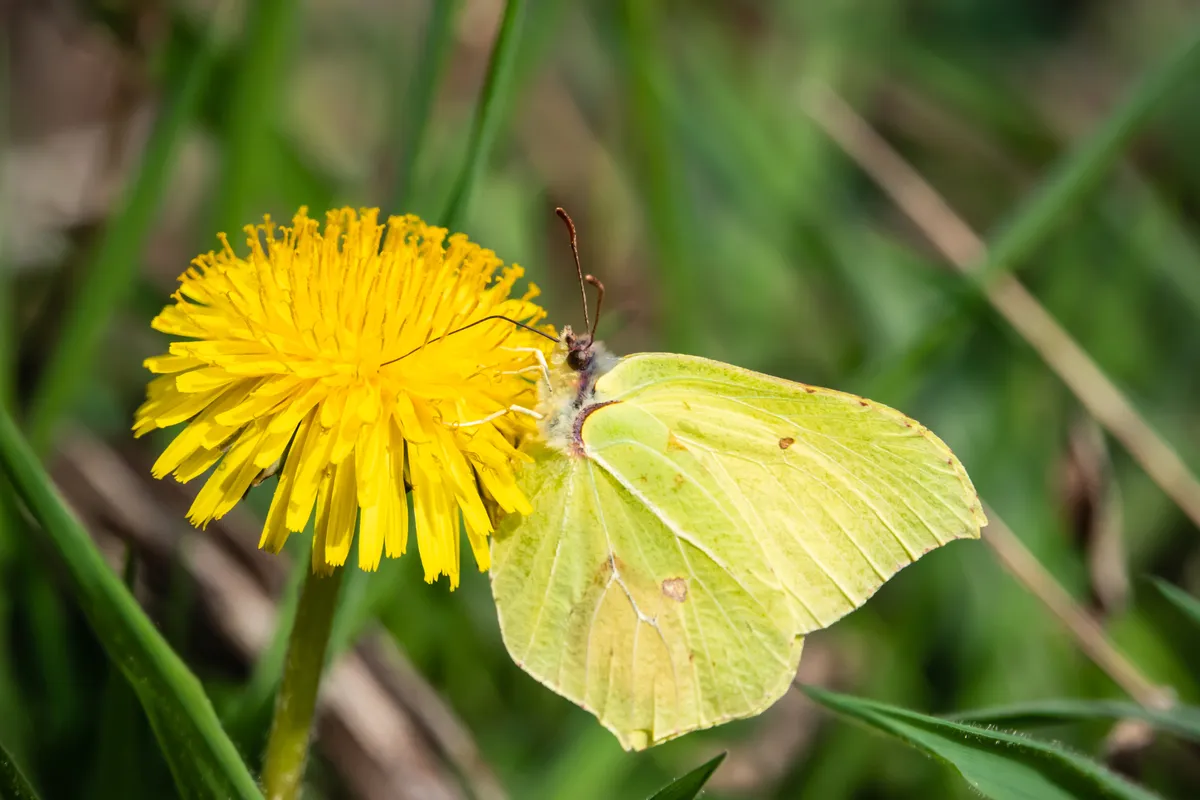
Red clover (Trifolium pratense)
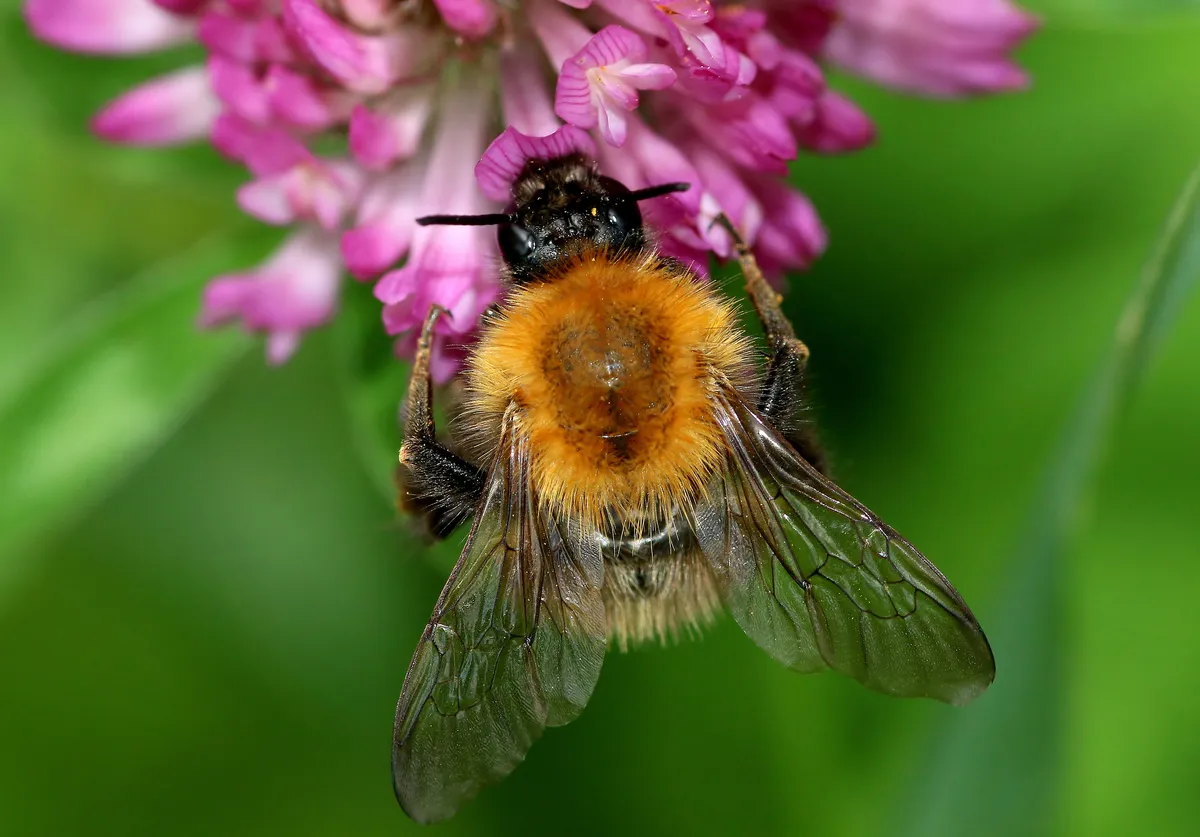
Common daisy (Bellis perennis)

Selfheal (Prunella vulgaris)
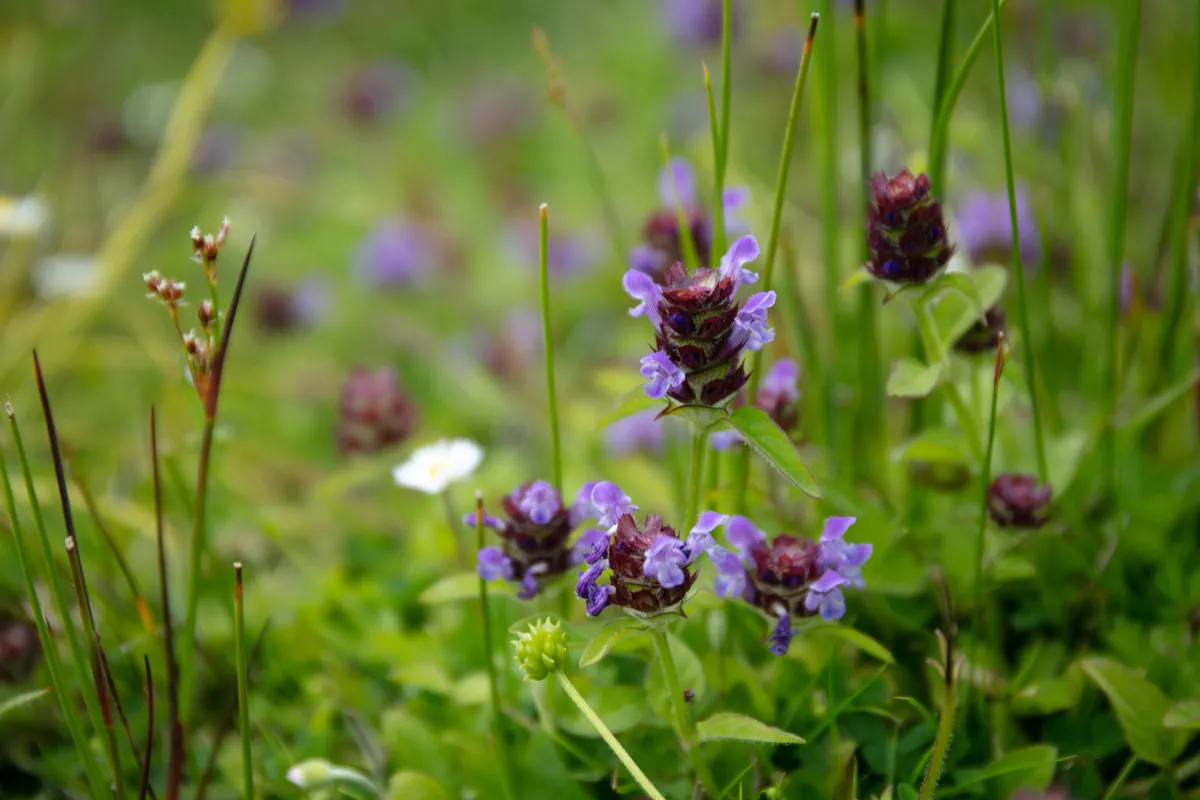
Oxeye daisy (Leucanthemum vulgare)
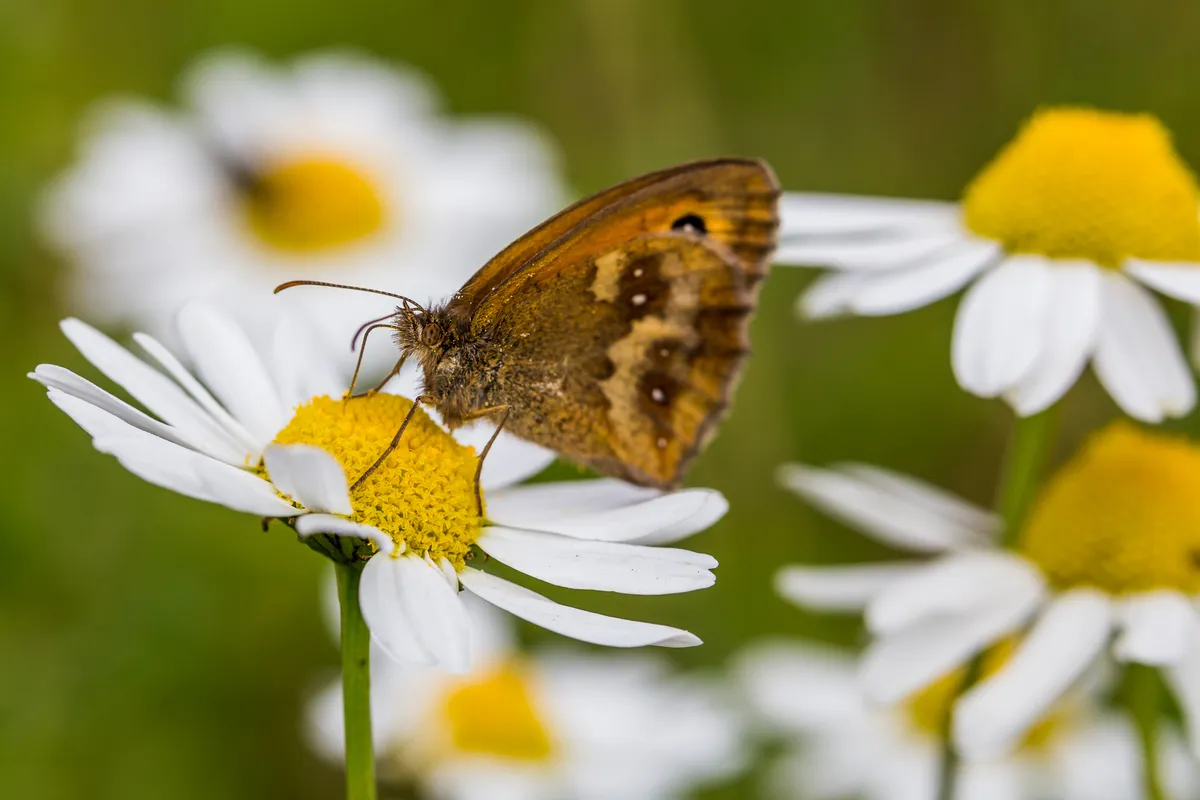
Cat's-ear (Hypochaeris radicata)
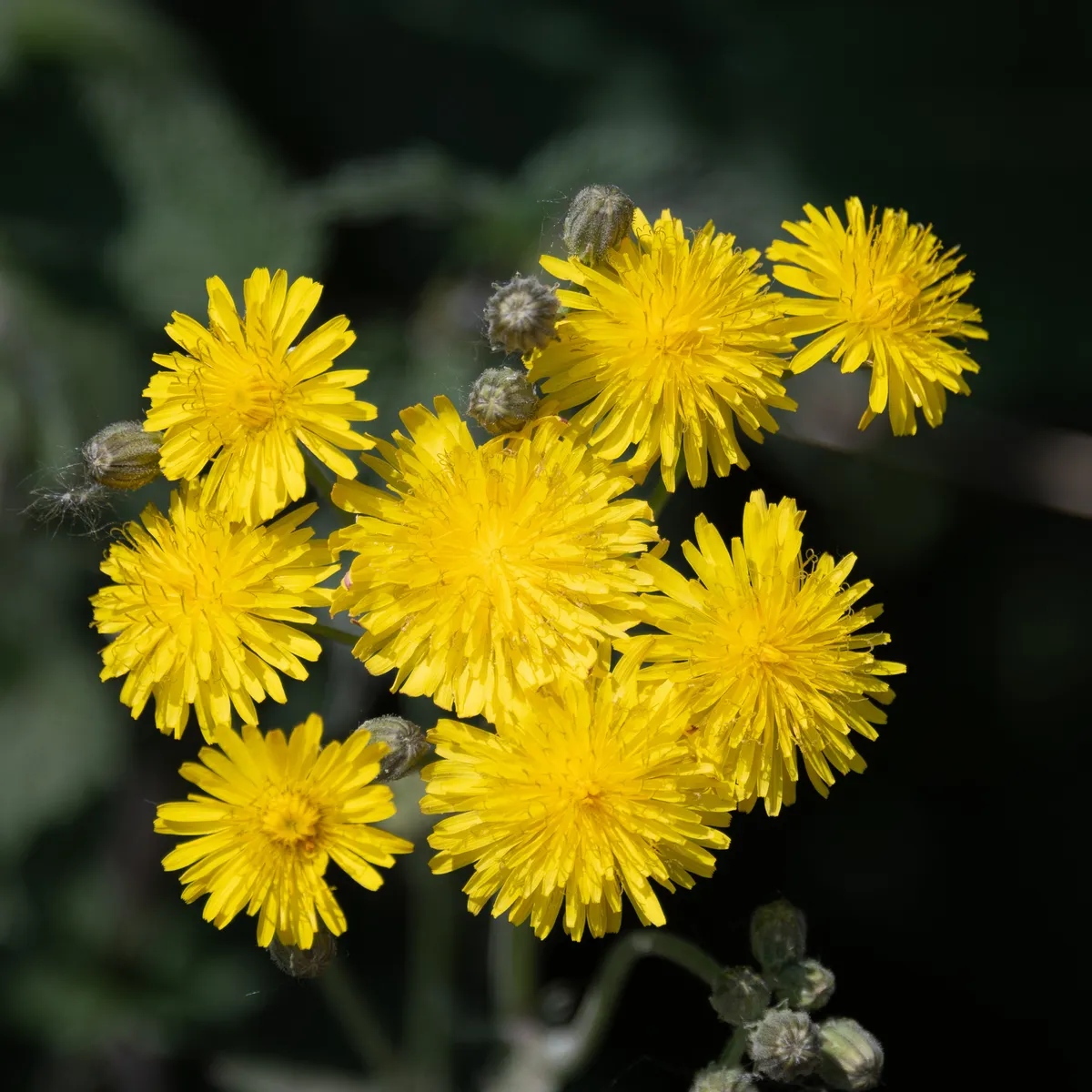
Main image: Man taking a break from mowing the lawn. © ArtMarie/Getty
